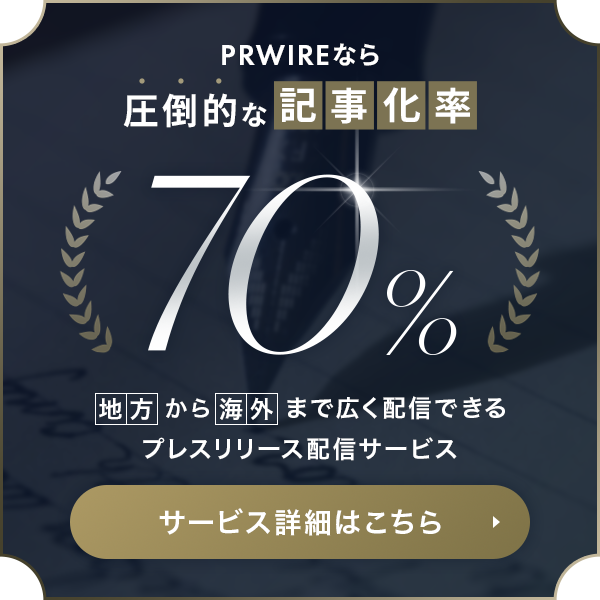China makes coordinated efforts in COVID-19 related scientific research
PR83760
BEIJING, April 22, 2020 /PRNewswire=KYODO JBN/ --
A report from Science and Technology Daily:
Epidemic prevention and control require coordinated efforts; so does related
scientific research.
Around the time of the 2020 Spring Festival, Ma Juncai, a researcher at the
Institute of Microbiology, Chinese Academy of Sciences (CAS), and Wei Qiang
from the Chinese Center for Disease Control and Prevention (China CDC), got
together to brainstorm ideas about how to develop a support system for COVID-19
related research by leveraging strengths of both sides.
The National Microbiology Data Center managed by Ma can serve as an information
platform, while the National Pathogen Resource Collection Center led by Wei can
provide virus strains. At the beginning of the outbreak, the two researchers
started exploring ways to better contribute to the fight against the virus.
Shortly after their brainstorming session, on Jan. 24, the Novel Coronavirus
National Science and Technology Resource Service System was launched.
Apart from publishing information on virus strains and scientific data
concerning the outbreak, the system also provides other science and technology
information and resources for the prevention and control of the disease, such
as methods for virus detection, genomes, and scientific literature.
The system is an epitome of coordinated services to advanced scientific
research on COVID-19.
Such cooperation is not limited to within the scientific community. Relevant
institutes, universities, and enterprises have also been working together to
develop drugs and vaccines.
Li Hangwen, founder and CEO of Stemirna Therapeutics, a biotechnology company,
said, "We contacted China CDC on Jan. 16, hoping to cooperate on the
development of COVID-19 mRNA vaccines. "
Li recalled that a few days before the Spring Festival, Tan Wenjie, a
researcher at China CDC, sent him the antigens that were expected to be
produced. Based on professional analysis of the viral sequences, researchers
from China CDC believed that certain sequences may evoke immune responses.
Li said that the vaccine development got off to a good start, thanks to China
CDC's valuable experiences and cutting-edge analysis techniques. After they
received the antigens, R&D personnel at Stemirna Therapeutics began to work
around the clock.
To address the shortage of raw materials during the Spring Festival holiday, Li
mobilized all partners and suppliers of his company.
"Learning that their supply would be used for scientific research on COVID-19,
they offered to help as much as they could to facilitate our development work,"
Li said.
Other innovative types of vaccines are also under development through
collaboration among research institutions, universities, and enterprises. For
example, Xiamen University and Changchun Bcht Biotechnology Co. are cooperating
on the development of a nasal drop vaccine; the Institute of Microbiology of
the CAS and Chongqing Zhifei Biological Products Co. are working together to
develop a recombinant protein vaccine; the Academy of Military Medical Sciences
is cooperating with CanSinoBIO on the development of an adenovirus vector
vaccine.
After the virus broke out, China's scientific community has carried out close
and fruitful cooperation and shared the latest progress with other countries in
a timely manner.
China was quick to share the whole genetic sequence of the virus with the
world, winning praise from the global scientific community. The country's
efforts toward sharing information and progress have never stopped.
China's Ministry of Science and Technology, the National Health Commission, and
other departments jointly built the COVID-19 Academic Research Communication
Platform, which has become an important channel for worldwide scientific
personnel to communicate the latest findings.
China has shared its guidelines for COVID-19 prevention and control, as well as
diagnosis and treatment plans, with 180 countries and over 10 international and
regional organizations.
Many Chinese enterprises and research institutions are cooperating with their
foreign counterparts on the development of COVID-19 vaccines.
China has translated all policies, management manuals, and clinical guidelines
related to makeshift hospitals into the languages of countries facing rapidly
growing COVID-19 outbreaks.
As the fight against the virus continues, researchers are working tirelessly at
laboratories and wards to pursue scientific breakthroughs, which will
undoubtedly play a major role in overcoming the pandemic.
SOURCE Science and Technology Daily
本プレスリリースは発表元が入力した原稿をそのまま掲載しております。また、プレスリリースへのお問い合わせは発表元に直接お願いいたします。
このプレスリリースには、報道機関向けの情報があります。
プレス会員登録を行うと、広報担当者の連絡先や、イベント・記者会見の情報など、報道機関だけに公開する情報が閲覧できるようになります。










